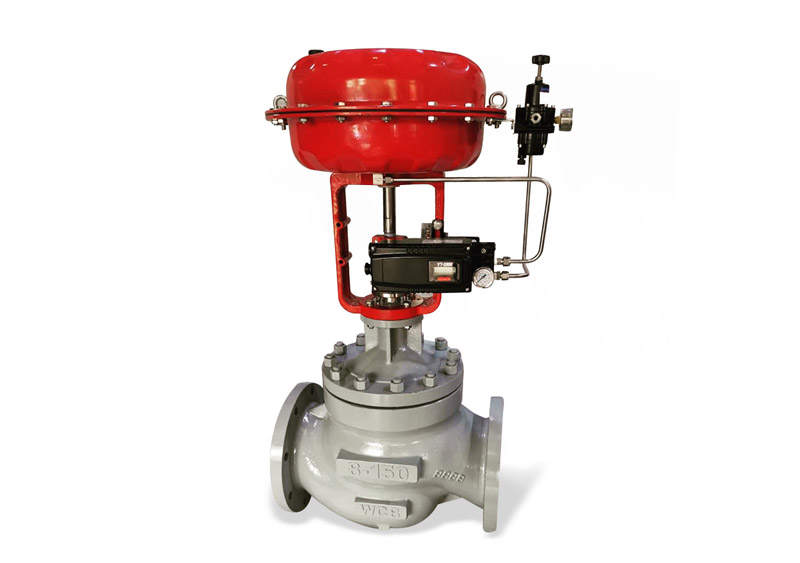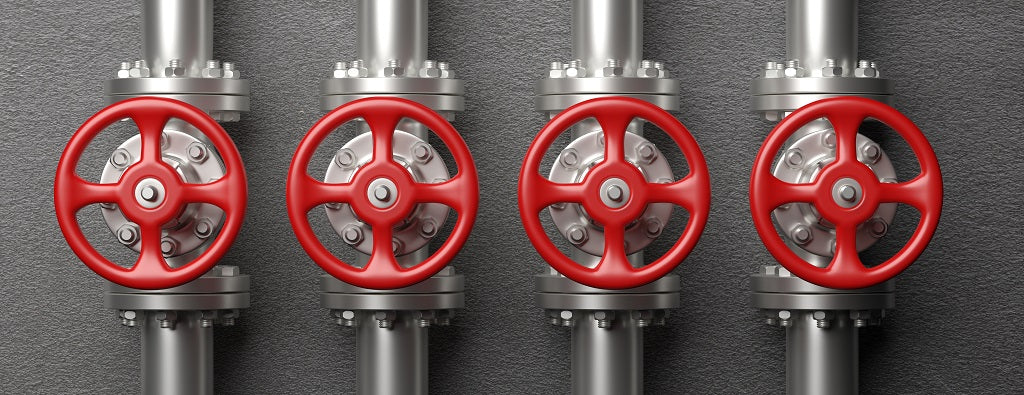How Control Valves Impact Energy Performance in Industrial Settings

Maximize Energy Financial Savings and Convenience With Advanced Building Automation Controls
In the realm of contemporary architecture and facility monitoring, the assimilation of sophisticated structure automation regulates stands as an essential development. By using the power of automation, buildings can adjust, respond, and progress in means that were once unimaginable.
Energy Performance Perks
Power effectiveness benefits can substantially minimize energy usage and operational costs in structures. Energy-efficient systems, such as innovative building automation controls, can optimize the use of sources like cooling, lights, and home heating, leading to reduced energy expenses over time.
In addition, improved energy performance can extend the lifespan of building tools and systems. By operating more efficiently, heating and cooling systems, light, and other structure elements experience less damage, leading to decreased upkeep and substitute costs. In addition, energy-efficient buildings typically command greater residential or commercial property worths and rental rates, giving long-lasting economic benefits to proprietors.
In addition, energy efficiency can boost resident convenience and efficiency. Correctly managed indoor atmospheres with optimal illumination and thermal conditions develop a more favorable and enjoyable work space, resulting in boosted employee contentment and performance. Generally, the power efficiency benefits connected with advanced structure automation controls are complex, including price savings, environmental stewardship, and resident health.
Boosted Convenience Control
Enhancing comfort control in building settings calls for a sophisticated integration of innovative automation systems for optimum passenger wellness. By utilizing advanced structure automation controls, centers can tailor the indoor setting to fulfill the certain requirements and choices of owners. control valves.
By including these advanced controls, structures can not just boost comfort however also enhance energy efficiency by maximizing system procedures based on actual tenancy and use patterns. Ultimately, focusing on occupant comfort via advanced automation systems leads to a much more pleasurable and much healthier interior environment.
Operational Performance Improvements

Furthermore, the application of real-time tracking and analytics tools makes it possible for structure operators to determine energy inefficiencies and functional abnormalities immediately. By continuously checking energy usage patterns and system performance metrics, modifications can be made in real-time to maximize energy usage and guarantee peak functional efficiency. control valves. In addition, including demand reaction strategies right into structure automation controls can additionally improve functional performance by dynamically adjusting power use based on grid conditions and prices signals
Indoor Climate Optimization
Efficient indoor climate optimization is a basic facet of building automation controls, ensuring residents' convenience and wellness while taking full advantage of energy savings. By utilizing advanced sensors and controls, developing automation systems can continuously keep an eye on and change temperature, humidity degrees, air quality, and ventilation to create an ideal indoor atmosphere. Maintaining comfortable and constant problems not just boosts resident contentment however likewise increases efficiency and general wellness.
Interior environment optimization additionally plays a critical role in energy effectiveness. By fine-tuning air flow, cooling, and home heating systems based upon real-time data and tenancy patterns, constructing automation controls can dramatically minimize energy intake - control valves. Implementing approaches such as demand-controlled air flow and thermal zoning can help reduce energy waste while making certain that each location of the structure receives the essential conditioning.

Sustainable Atmosphere Development
Building automation regulates not just maximize interior environment conditions for power efficiency and resident browse around here comfort but likewise lay the structure for creating a lasting atmosphere through strategic management of resources and systems. By incorporating sophisticated building automation innovations, such as sensing units, actuators, and intelligent software program, centers can adjust and official statement keep track of power usage in real-time to decrease waste and reduce their carbon impact. These systems make it possible for anticipating upkeep, identifying potential problems before they rise and optimizing tools performance to boost longevity and effectiveness.
Furthermore, sustainable setting production extends beyond power monitoring to include water preservation, waste reduction, and indoor air top quality renovation. Structure automation controls can control water usage, identify leaks, and make certain proper garbage disposal practices, adding to total sustainability initiatives. Additionally, by monitoring and managing air flow and filtering systems, these innovations boost resident health and efficiency while decreasing power consumption associated with cooling and heating procedures.
Verdict
To conclude, progressed structure automation manages deal substantial advantages in regards to power financial savings, convenience control, functional effectiveness, interior environment optimization, and creating a lasting environment. By carrying out these controls, structures can accomplish optimum performance while decreasing power usage and improving passenger convenience. It appears that making use of Full Report innovative automation innovation is crucial in boosting building performance and creating a more sustainable future.
Energy performance benefits can considerably minimize energy usage and functional prices in buildings. In general, the energy performance advantages associated with sophisticated building automation controls are diverse, encompassing expense savings, environmental stewardship, and resident wellness.
Additionally, incorporating demand response approaches right into building automation controls can even more boost functional performance by dynamically changing energy use based on grid problems and pricing signals.
Building automation controls not just maximize indoor environment problems for energy performance and passenger comfort but also lay the structure for producing a sustainable setting through tactical management of sources and systems.In verdict, progressed structure automation manages deal considerable benefits in terms of energy savings, convenience control, functional efficiency, interior climate optimization, and producing a sustainable atmosphere.